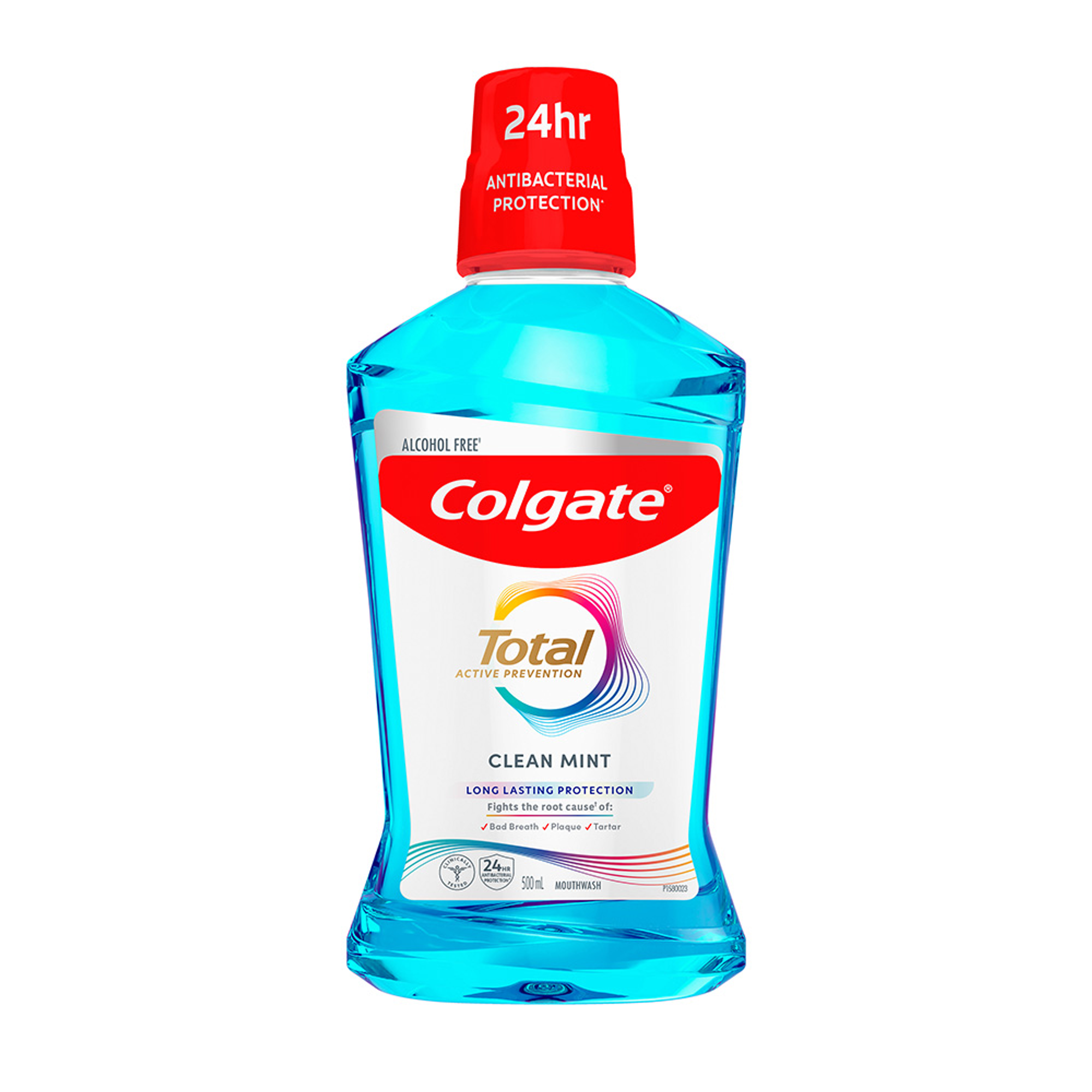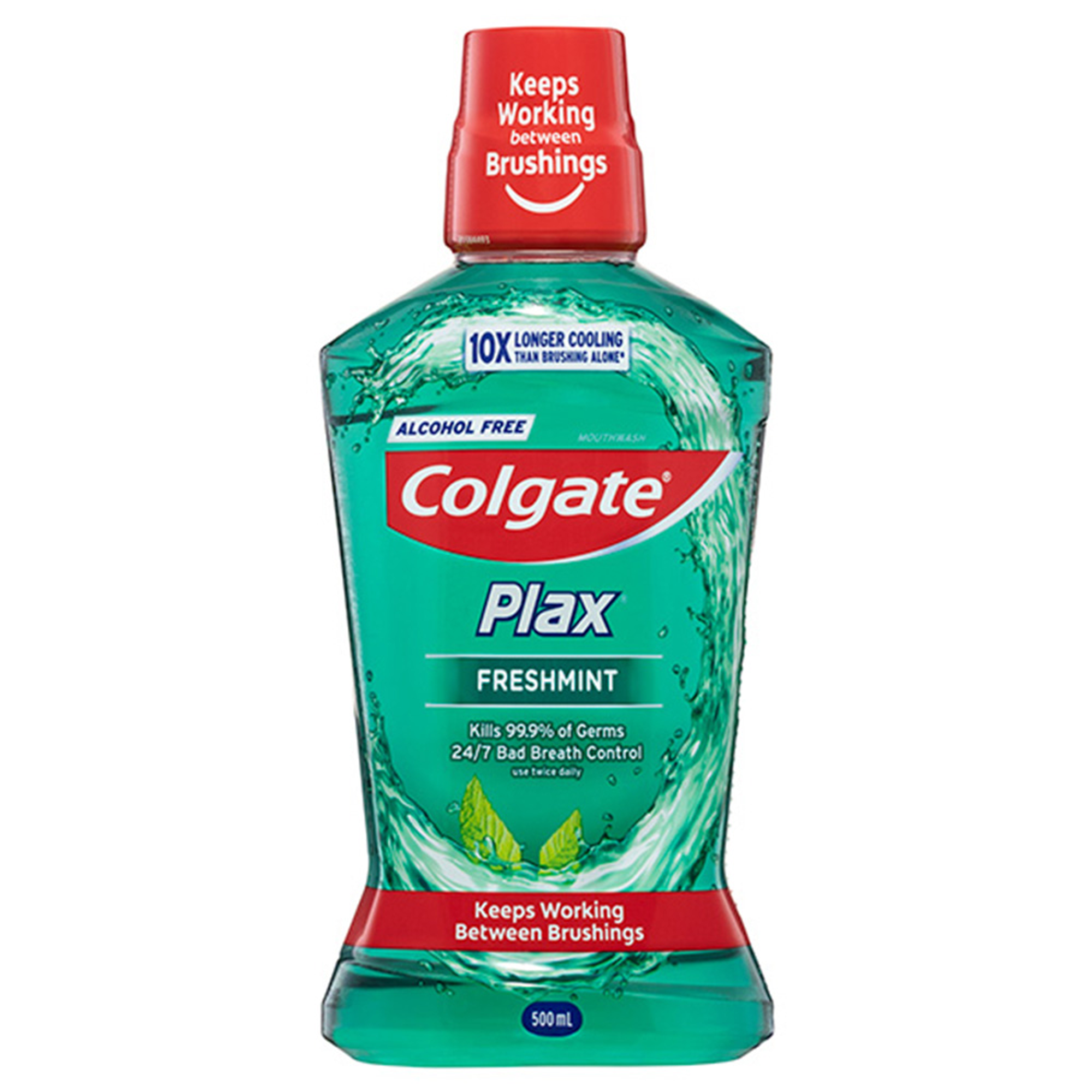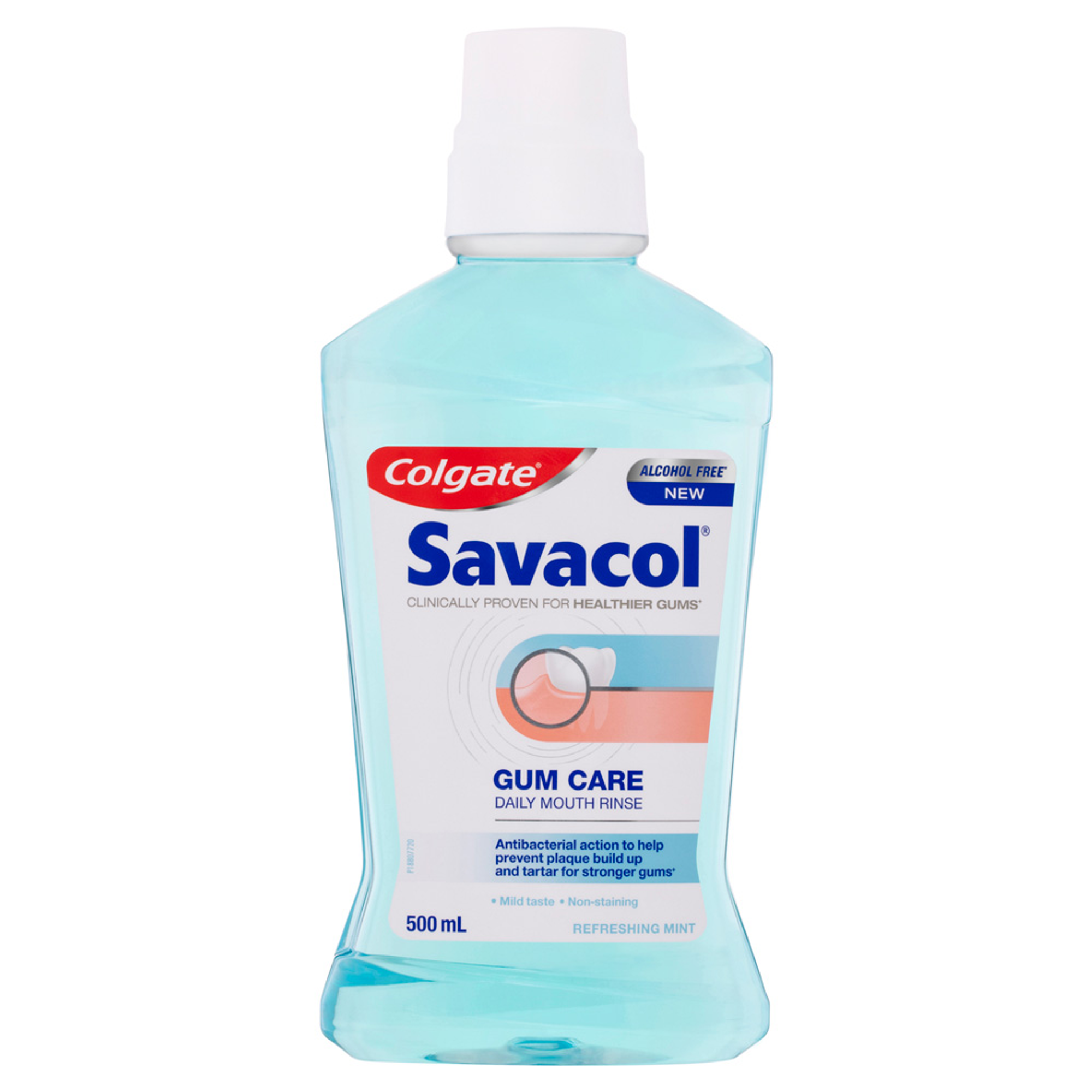
Research has shown there is limited high-quality evidence to support recommending any specific one‐to‐one oral hygiene advice in dental settings as being effective in improving oral health, or being more effective than any other method. It is not surprising since behaviour change is very difficult to achieve. Furthermore, individual oral health literacy and motivation to attend regular dental care is highly variable.
Effective behavioural changes to improve oral hygiene should firstly recognise the importance of developing trust and rapport with patients. In the 2013 Australian Healthcare and Quality Commission report on Patient-Clinician Communication, establishing good communication skills improved patient satisfaction and health outcomes. Being able to clearly show genuine concern is a critical step to build awareness of the potential harmful effects of poor oral hygiene and bleeding gums.
Supporting Oral Care in a Practice Setting
The use of visual aids are excellent tools to discuss oral hygiene practices. They include taking clinical photos and using plaque disclosing solution to highlight any plaque left on the teeth and gums. Most patients would be unaware of how well they are cleaning their teeth and gums. And we also make assumptions that adults should know how they should keep their mouth clean. Clinical photos and plaque disclosing are useful visual tools to be objective about what you see. In addition, showing patients hardened calculus and bone loss below the gumline on dental radiographs can emphasise the severity of gum disease. A picture is worth a thousand words.
Setting up the Home Care Routine
Exploring what patients are using at home is a useful starting point to think about what other tools are needed to improve their oral health. If patients are using a manual brush poorly, perhaps we should recommend an electric brush. If patients have large proximal interdental spaces, perhaps they should replace flossing with interdental brushes. Patients can also track how well they are going with their oral hygiene by using plaque disclosing tablets.
Establishing Personalised Professional Support
Lastly, we need to be mindful not all patients will take on your advice at the start. It may take considerable time for some patients to develop enough motivation to take control of their oral health. Careful consideration on how often patients should attend regular dental appointments is important for long-term oral health. For example, patients with active periodontitis may need to be seen every 2-3 months for professional scaling and maintenance.
So let’s recap what we can think about to help our patients to improve their oral hygiene practices:
1) develop trust and rapport
2) use visual aids
3) identify then modify current oral hygiene aids
4) have appropriate regular dental visit intervals.
One of the best gifts you can provide your patients is to give them plaque disclosing tablets, interdental brushes and electric brushes so they can start straight away when they go home from their dental appointment. Your patients will not only be thankful, they are more likely to attend regular dental appointments you recommended, and perhaps refer other patients to your dental practice!
Tan Nguyen is a registered oral health therapist and was appointed the Dental Practitioner from Victoria to the Dental Board of Australia in 2018. He holds postgraduate qualifications with the Graduate Certificate in Dental Therapy, Master of Public Health and a Master of Science in Clinical Education. Tan currently leads research as an Honorary Fellow with Deakin Health Economics, works clinically in private dental practice, and contributes to public dental health advocacy as Convener of the Public Health Association of Australia Oral Health Special Interest Group. He is one of Colgate’s representatives on the Advocates for Oral Health: Editorial Community.
Join us
Get resources, products and helpful information to give your patients a healthier future.
Join us
Get resources, products and helpful information to give your patients a healthier future.











